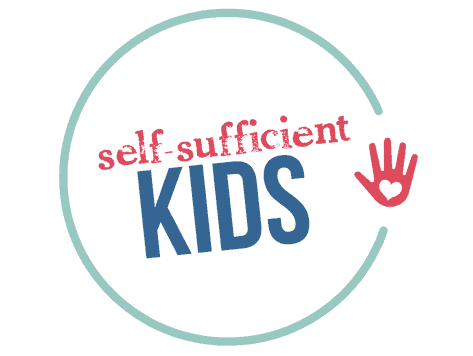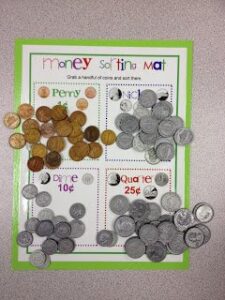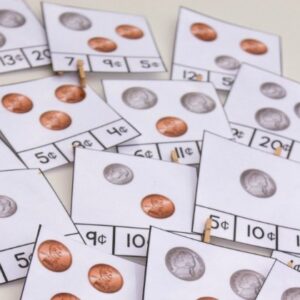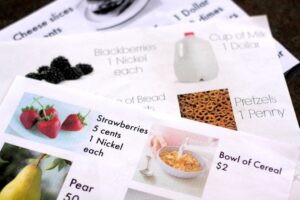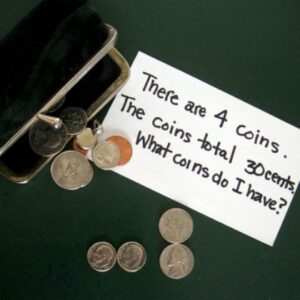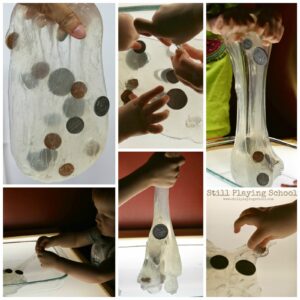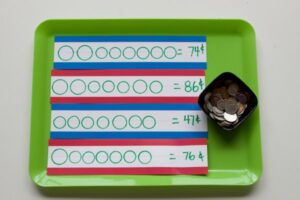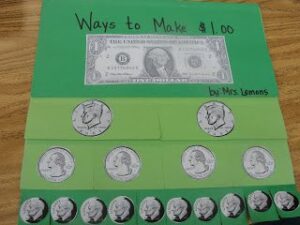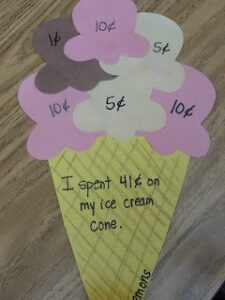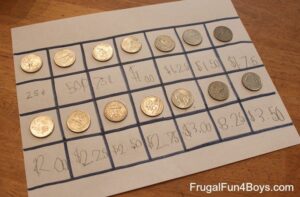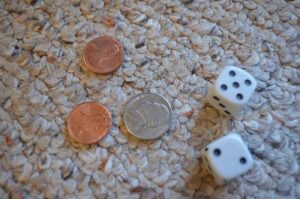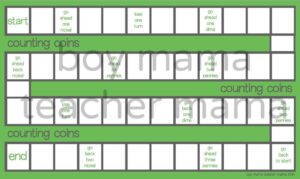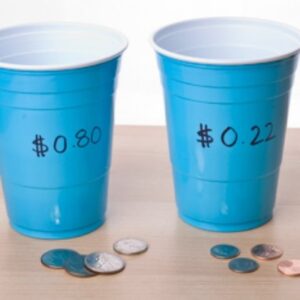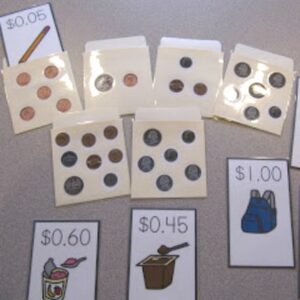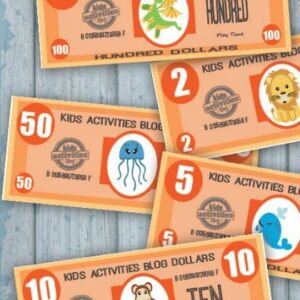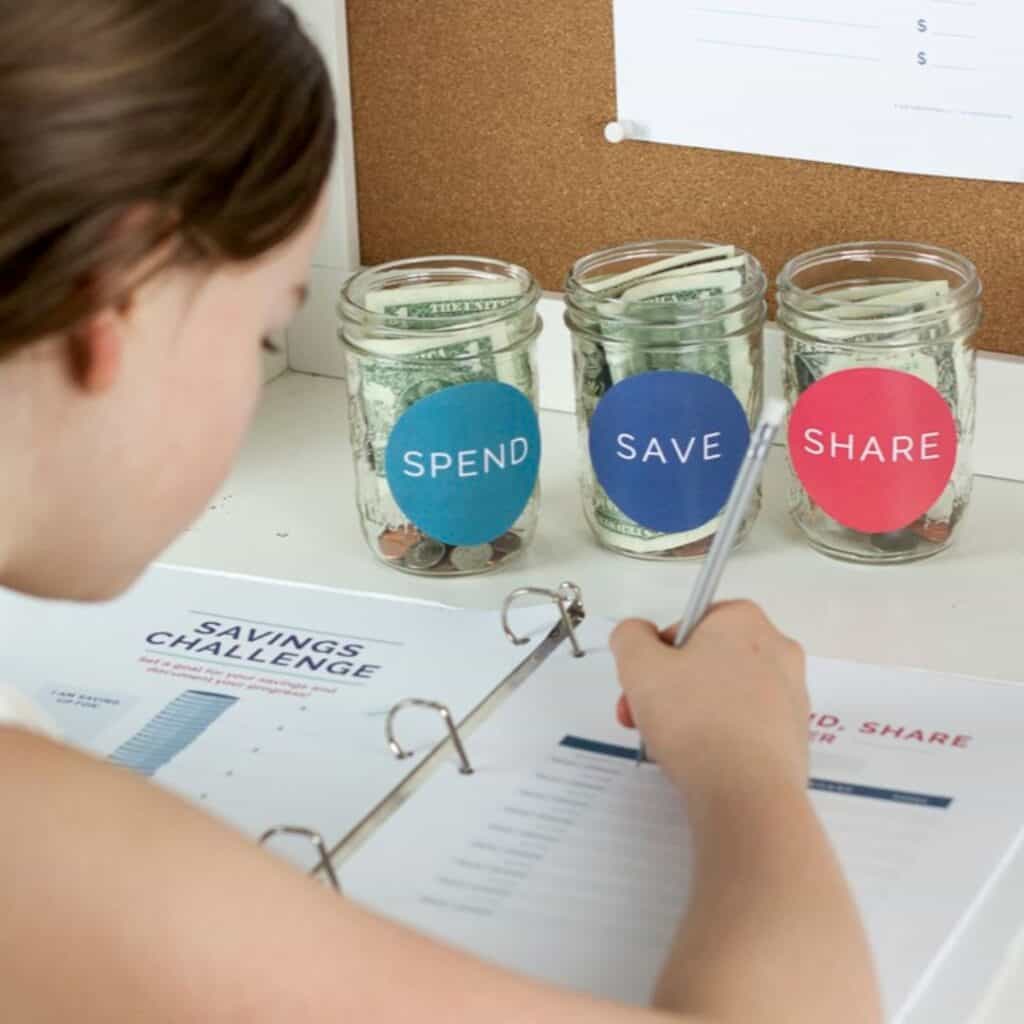17 Fun Money Activities for Kids
Try these 17 money activities for kids to teach them how to differentiate coins and bills.
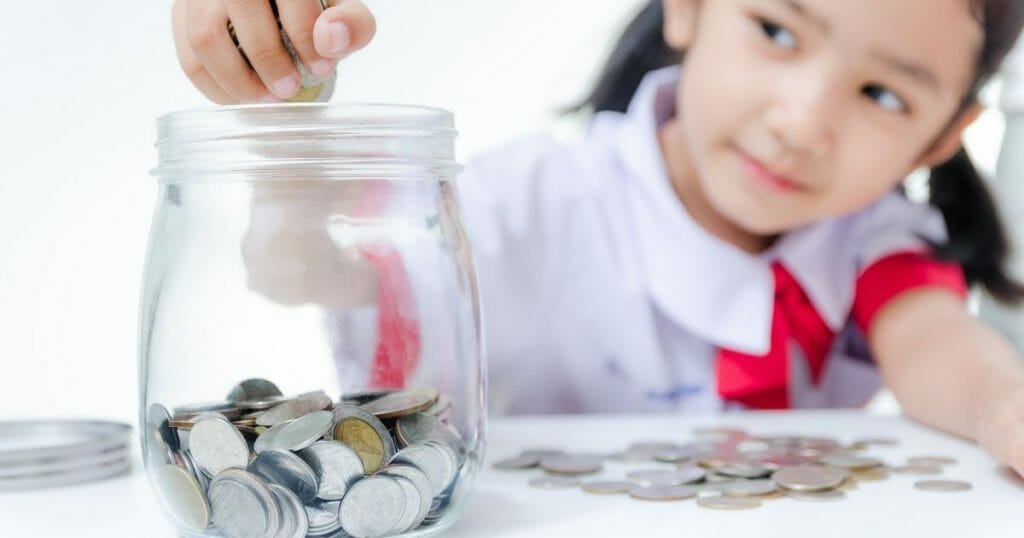
The other day I discovered my 6-year-old sitting on her bedroom floor with a mound of pennies in front of her.
She sat there and picked up each penny, one by one, and carefully counted them for what felt like forever.
When she was finished, she looked up and said: “I have 108!”. Her face beamed with pride for having collected so many but she was clearly oblivious to how little 108 pennies can buy.
After congratulating her, I got a dollar and explained how she could exchange 100 of her pennies for a bill, but she wouldn’t have it. Her little mind was clearly thinking: “How could 100 pieces of copper be equivalent to one rectangular piece of paper?”
It can be a challenge for little kids to understand the value of money, but as with most knowledge that kids need to acquire, introducing a fun hands-on activity can help.
The following is a list of a few fun money activities for kids and free resources you can DIY to teach kids the value of coins and dollars.
Money Activities for Kids:
For preschoolers still trying to determine the difference between a penny and a dime or a nickel and a quarter – this coin recognition map can help:
From Mrs. Hodge and Her Kindergarten Kids
Another way to help kids identify and learn to add up coins is to set up this fun game with card stock and small clothespins:
From Life Over Cs
Play restaurant with your kids – let them “buy” the food they want to eat with pretend money:
From Nothing if Not Intentional
This riddle math game will keep your kids interested while they learn to count up coins:
From Education.com
If your kids are into messy goo (and which kids aren’t?) a fun way to bring up the topic of money and coins is to put a few coins in slime. As your kids push and pull at the slime, you can explain the value of each coin:
From Still Playing School
Create a simple money math tray to let kids figure out the correct combination of coins to solve the problem:
Help kids understand how different combinations of coins add up to a dollar with this activity that includes paper copies of coins and dollars:
Have fun building an ice cream cone by giving kids scoops of ice cream in different monetary values. After kids have placed all their scoops on the cone, have them add up all the denominations to determine the total cost of the ice cream cone.
Quarters can be tricky to count until you get the pattern down. Have your kids use this quarter chart to learn how to count by 25s:
From Frugal Fun 4 Boys
Mix addition and coin knowledge with this fun money exchange game:
Here’s a fun coins money game for kids to help them master the value of different coins. Click on the link and print out the free printables to begin playing:
Teach kids to count coins by writing “prices” on the front of plastic cups. Then have your kids put the correct change in each cup:
From Education.com
Kids can match up coins and dollar amounts with these laminated pockets and cards:
From Adventures in Tutoring Special Education
And finally, here’s an easy way to let your kids handle “money” without actually giving them real money. Play money you can print at home:
From Kids Activities Blog
Thanks to One Time Through and Play Ideas for many of the ideas in this post.
The Kids Money Management Toolkit has everything you need (except money!) to begin giving your kids an allowance. In addition to guidance and advice, you’ll also receive Save, Spend, and Share jar labels, a Kids Money Ledger, a Savings Challenge Sheet, a Jobs-for-Hire Sheet, and a Kids Allowance Contract. Click here to learn more.
See related:
19 Fun Counting Games for Kids
28 Children’s Books About Money
What to do next…
1. Subscribe to Self-Sufficient Kids’ email list.
Like what you read here and want to learn more? Every Thursday I’ll send you one parenting tip about raising self-sufficient kids and creating the peaceful relationship you yearn to have with your child. Click here to sign up.
2. Take one of my quizzes!
Find out if you’re raising a self-sufficient kid (click here) or if you’re doing too much for your kids (click here). At the end of each quiz, you’ll be asked to provide your email address to see the results.
3. Get your kids started on chores.
Learn how to get your child started on chores (& keep them motivated + avoid power struggles) by enrolling in my Get Your Kids Successfully Started on Chores course. Click here to learn more and sign up.
About the Author

Kerry Flatley is the owner and author of Self-Sufficient Kids. She has a BA in economics, an MBA, a certificate in financial planning, and has been investing ever since she landed her first job. Kerry also has two girls, ages 13 and 15, who have been receiving allowance – and learning money management – for the past seven years.
